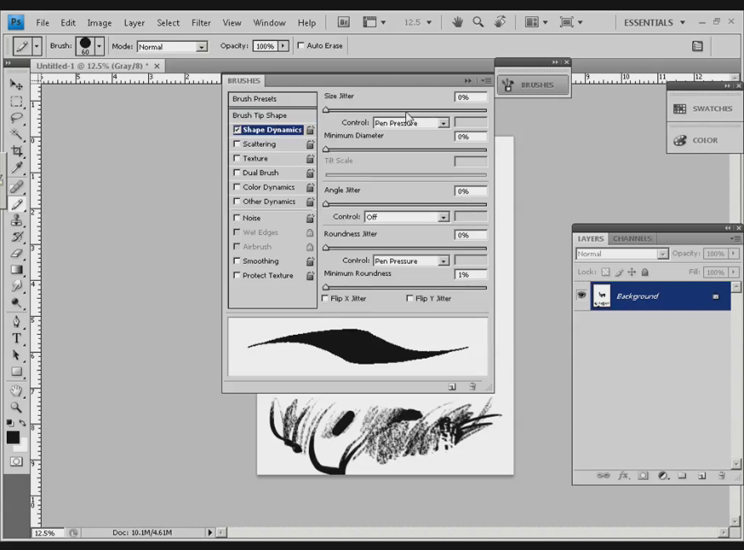


Watercolor, on the other hand, is more subdued in color, creating a softer, more delicate look.ĭrying time: Gouache dries relatively quickly, while watercolor takes longer to dry. Vibrant color: Gouache is known for its rich, vibrant color, as the paint is highly pigmented. Watercolor is more fluid, making it better suited for creating delicate washes and subtle blends of color. Watercolor, on the other hand, is a transparent paint, allowing the surface underneath to show through.Ĭonsistency: Gouache has a thicker consistency than watercolor, which makes it easier to control the application of the paint and to create solid blocks of color. Gouache is an opaque paint, meaning that it covers the surface completely and can be painted over previously applied layers. Opacity: The most notable difference between gouache and watercolor is their opacity. Gouache and watercolor are both water-based paints, but there are some key differences between the two: How is gouache paint different from watercolor? It dries to a matte finish and is known for its versatility, mixability, and quick drying time. Unlike transparent watercolors, gouache is opaque, allowing for greater coverage and more vibrant color. It is made from pigments mixed with a binding agent and a water-soluble binder, typically gum arabic, which gives it a creamy consistency. Gouache is a type of water-based paint that is used for artistic applications such as illustration, commercial art, and design work. We have prepared the ultimate "Gouache Paint FAQ for Artists" with everything you want to know about Gouache. In the Layers panel, right-click on an empty gray part of the layer.Latest blog post Gouache Paint 101 for Artists This is especially helpful if you need to apply two copies of the Oil Paint filter on the same image, as we’ll see how to do later. This will let you apply Oil Paint as a smart filter which will keep the filter settings editable in case you want to go back and make changes.

You can get the latest Photoshop version here.ĭownload this tutorial as a print-ready PDF! Step 1: Convert your layer into a smart objectīefore applying the Oil Paint filter, first convert the layer into a smart object. So I recommend Photoshop 2022 or higher for the best results. Then in Photoshop 2022, the Oil Paint filter received a performance upgrade, making it faster when working on larger images. The Oil Paint filter first appeared way back in Photoshop CS6 but then disappeared in Photoshop CC, only to reappear again in CC 2015. A photo converted to a painting using Photoshop's Oil Paint filter.


 0 kommentar(er)
0 kommentar(er)
